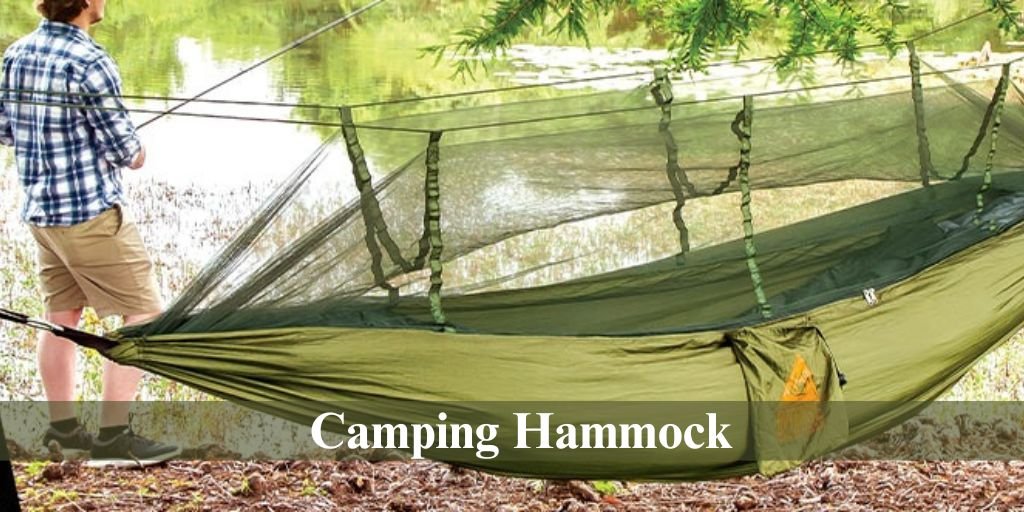Camping hammocks are growing in popularity. They are easy to pack, lightweight, easier to carry, and much faster and more convenient to set up than conventional tents. As a sleeping system, they are also much simpler, more minimalistic, and might even be able to help you get better sleep, on top of the potential benefits that hammock setups offer to ultralight backpackers.
But you still need to know how to properly set one up. Here are some high level notes.
Choose the Right “Hammock” Trees
You want to choose two mature, healthy trees that are not too far apart. The trees should be mature enough to support the weight (generally more than 12” in diameter) and in good condition, with no visible signs of distress. Around 10 to 18 feet apart is a good distance.
Avoid trees that are visibly in distress, leaning heavily, or which are missing large swaths of bark. Also, avoid trees that clearly have nesting or roosting birds, insects or other animals. Dead trees (snags) are strictly off the table, as are trees that have large, overhanging limbs that can be very dangerous.
Don’t Get Too Close to Water
It might look nice to set your hammock up over a stream or next to a lake, but getting around 200 feet from water is safer, plus it minimizes your risk of contact with insects or other animals.
Avoid Trails
You can set up near trails, but do not set up across them. Also, avoid game trails, as setting up your hammock across a game trail will disturb the wildlife and will also increase your chances of being disturbed in the night by an inquisitor.
South Facing Slopes
This is not an imperative, but in the northern hemisphere, south-facing slopes will get more sunlight and will generally be warmer than those that face north.
Avoid Ridge Tops
While you might not want to camp in the bottomlands (since cold air accumulates in low areas) you should also avoid ridge tops unless you have no other option. This is because ridge tops generally get the brunt of harsh weather, and tend to be windy all day (and all year) long.
Use Appropriate Hammock Straps
It’s critical not to use straps that are too thin, as these can cause stress to the tree and even abrade the bark. Rather, you want to use wide straps that place less pressure on the tree – 2 inch straps or wider are ideal.
Setting the Right Hammock Angle
You don’t want your camping hammock to be too tight, but at the same time, you don’t want the whole thing to be sagging, either. Set up your hammock so that the straps are roughly 30°, or even a little bit shallower, when you are in it.
Don’t Set Up Too High
While you don’t want to be too close to the ground, setting the hammock up too high off the ground will make it harder for you to get in and out and can increase the likelihood of a fall or other injury. Set up so that the hammock is roughly 18” to 2’ off the ground.
Don’t Forget the Creature Comforts
In the summer, place some mosquito netting over your hammock to keep the insects away. You should also set up with a rain tarp or fly all year long to keep dry and comfortable, regardless of the weather.
Ready to Give a Camping Hammock a Try?
Camping with a hammock rather than a traditional tent can be fun, enjoyable, and save you a whole lot of weight on the trail. If you’re here for a new camping hammock, check out what’s available online at CH KADELS, as they carry a wide variety of camping essentials and much more.
For more information about portable solar panels and water filtration system Please Visit : CH Kadels













Leave a Reply